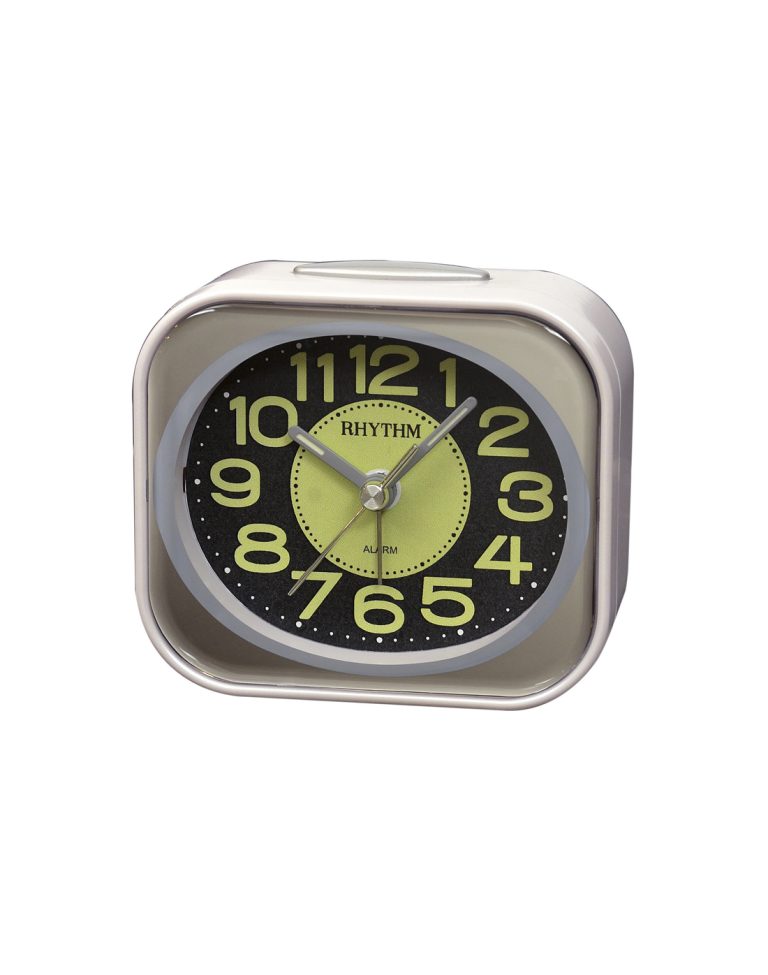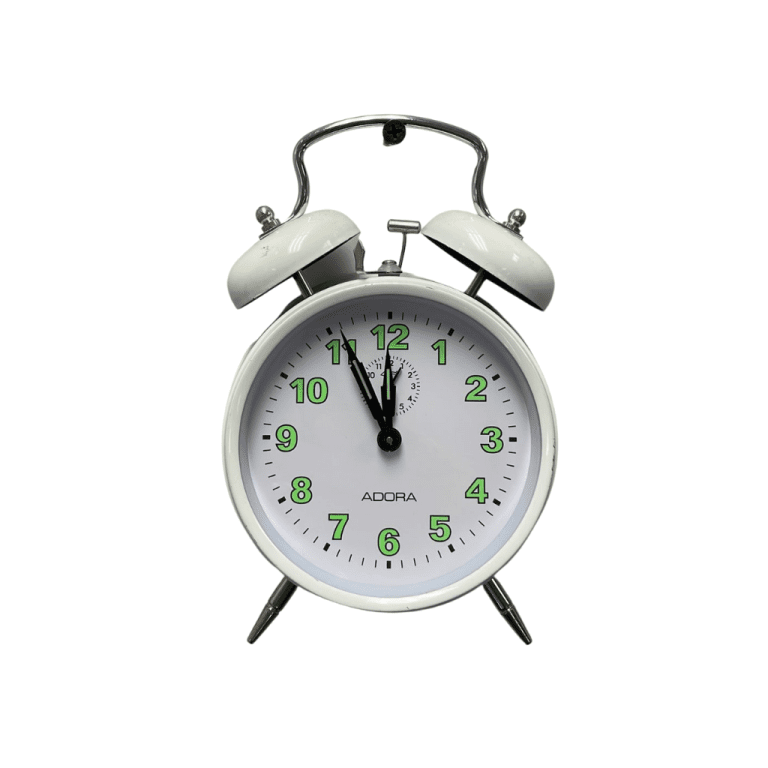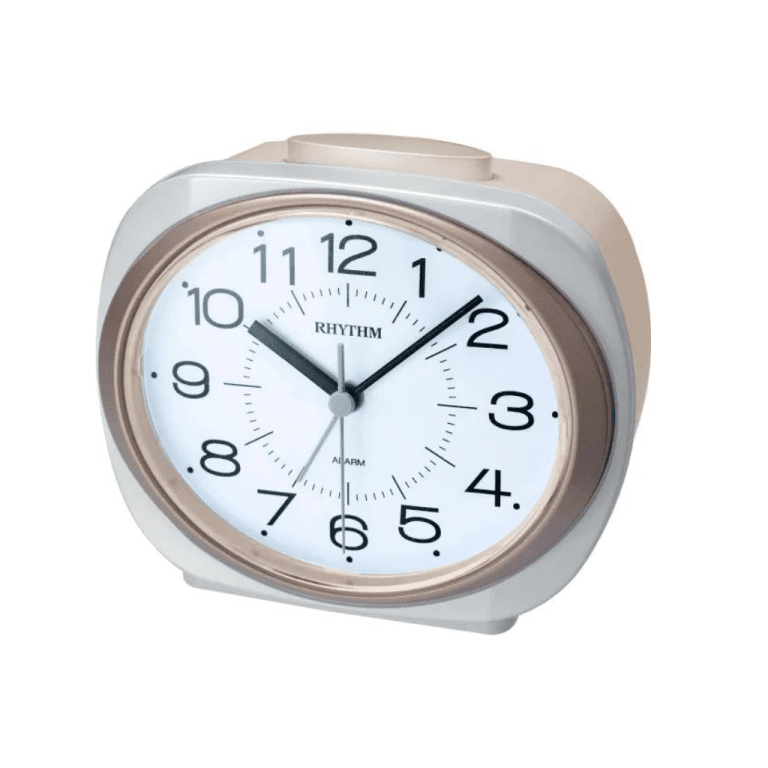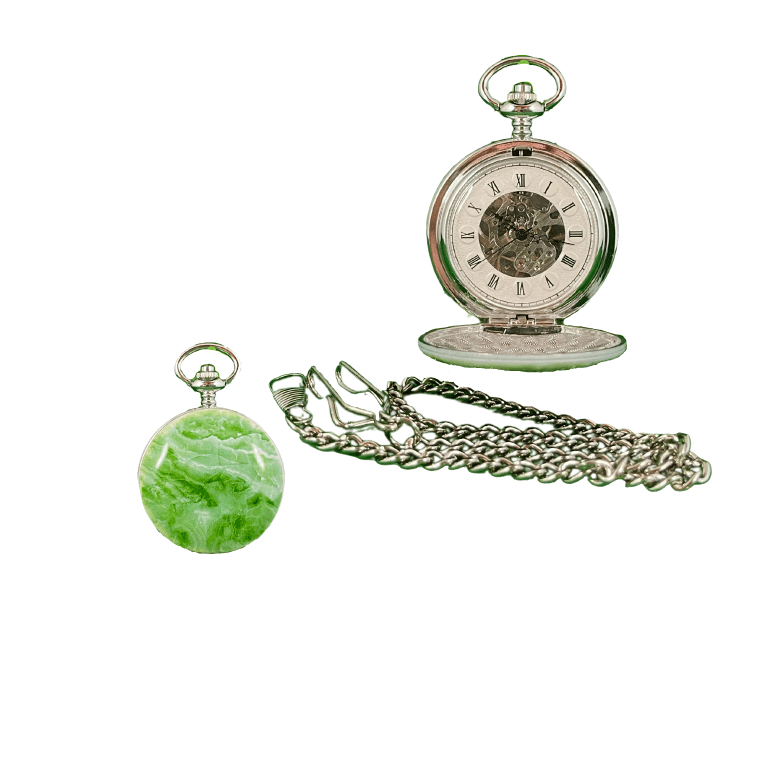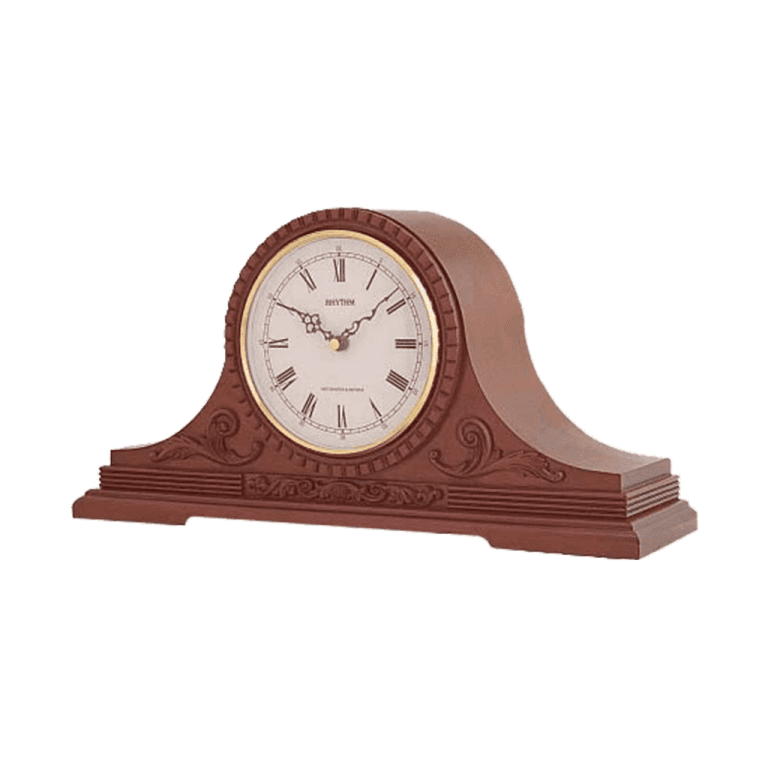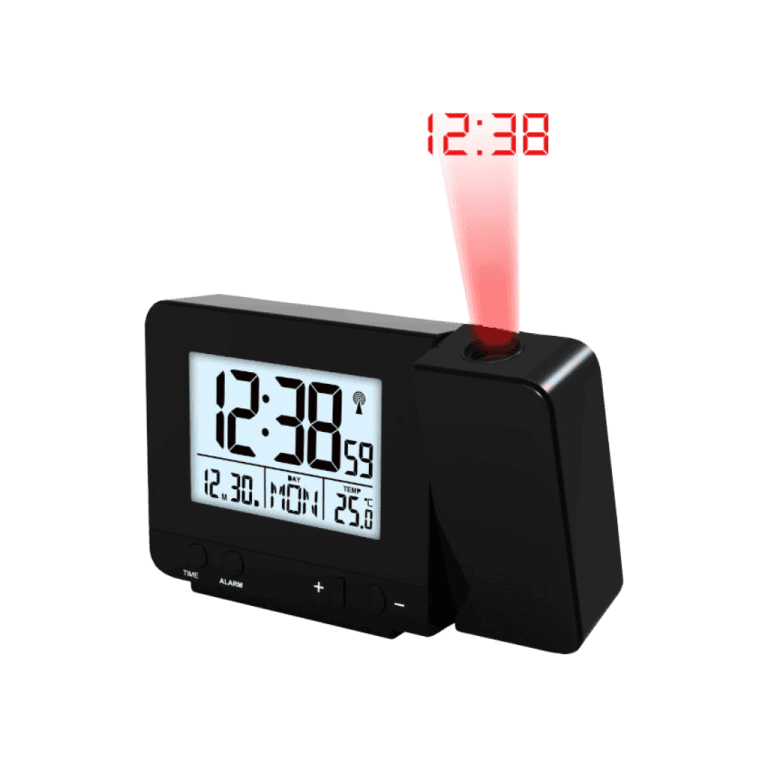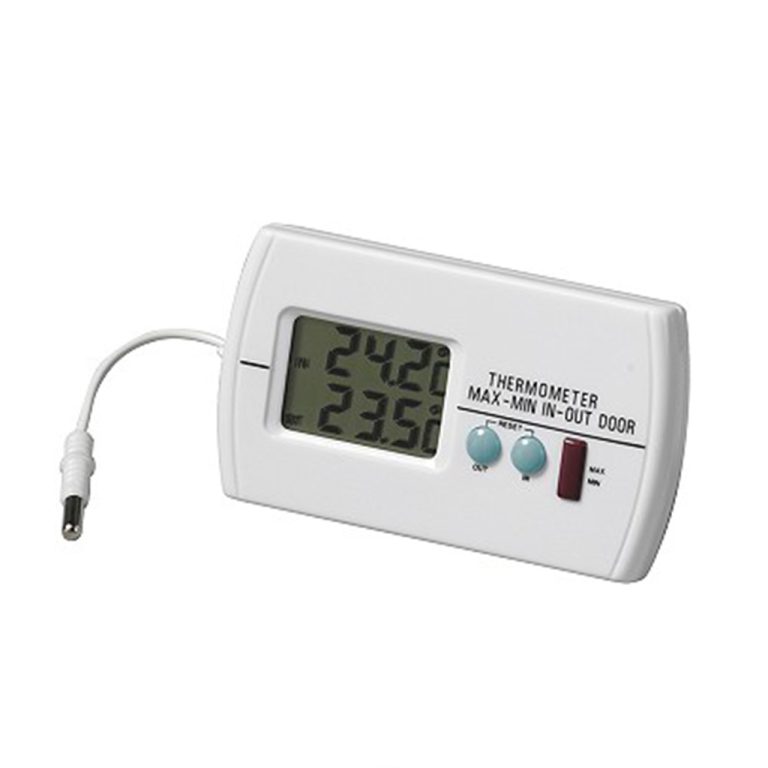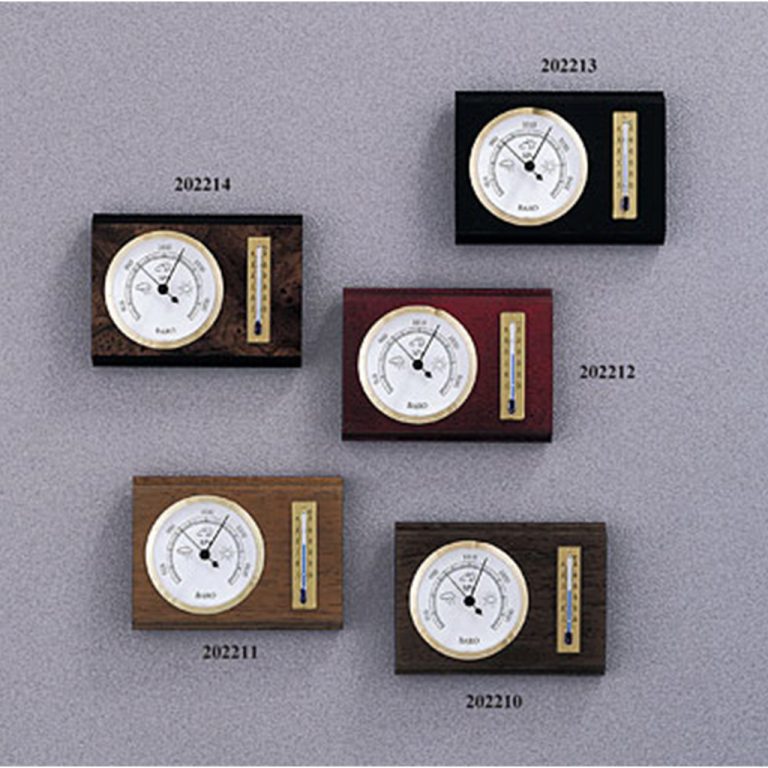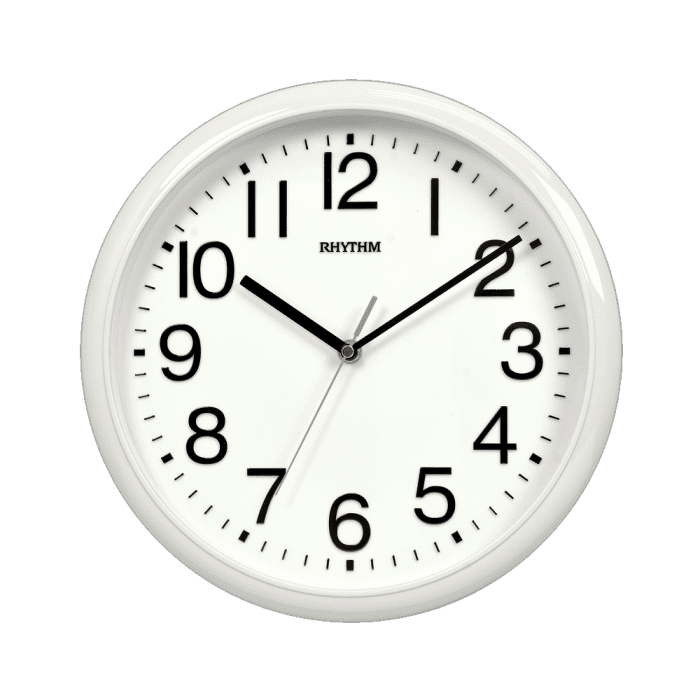5 Simple Rules for Telling Time in English
1. Telling Time in English: Using ‘Past’ or ‘To’
As we know, there are 60 minutes in an hour. With minutes 1 – 29, we say it’s past (or after) the hour. For example, “It’s ten past three”, or 3:10. Or another example, “It’s twenty after eight”, or 8:20. With minutes 31 – 59, we say to (the next hour). For example, when it’s 10:40, we say “It’s twenty to eleven” (Eleven minus twenty minutes). Or when it’s 3:50, we say “It’s ten to four” (Four minus ten minutes). Remember, it’s always correct to say “It’s 3:50”. But many times, you will hear people say “It’s ten to four”. English learners should be aware of that. And they should be comfortable using “past, after, and to” to express time.
2. When to Use ‘a Quarter’ and ‘a Half’
Like we said, there are 60 minutes in an hour. We divide our time in quarters and halves. It’s confusing at first, but it does make expressing time easier. At minute 15, we say it’s “quarter past”. Or we say, it’s “quarter after”. Both “quarter past” and “quarter after” are equally correct. So, when it’s 7:15, we say it’s “quarter past seven”. Or when it’s 1:15, we say it’s “quarter after one”. At minute 45, we say it’s “quarter to” the next hour. For example, at 5:45, we say it’s “quarter to six” (or 15 minutes before 6:00). At minute 30, we say it’s “half past”. So at 9:30, we would say it’s “half past nine” (or half an hour after 9:00). Again, please remember that it’s okay to say “It’s 7:15”. Or “It’s 5:45”. But you will definitely hear people say “It’s quarter after seven”. Or “It’s a quarter to six”. So I encourage you to get comfortable and confident expressing time in quarters and halves.
3. A.M or P.M: What Time is it?
As we all know, there are 24 hours in a day. Hours 1 through 11 are pretty simple. In the 9th hour, we just say “It’s 9:00”. But hours 12 to 24 might be a little different than what other cultures are accustomed to. For hours 0 through 12, we call this “A.M.”. So for hour 7 (in the morning), we say “It’s seven A.M.” (7:00 A.M.). For hours 12 to 24, we call this “P.M.”. So for example, at hour 14, we say “It’s two P.M.” Again, there are cultural differences that might make “A.M.” and “P.M.” a little confusing. For example, my Brasilian students told me that at the 17th hour, they say “It’s seventeen hundred.” We just say “It’s five P.M.” (5:00 P.M.).
4. Noon. Midday. Midnight
At hour 12, we say it’s “noon”. You also sometimes hear people say “midday”. At hour 24, we say it’s “midnight”. “Noon” is 12:00 P.M. And “midnight” is 12:00 A.M. (The start of a new day or 24 hour cycle.)
5. When to Use O’clock
At the beginning of each hour, we use the term “o’clock”. For example, “It’s one o’clock” (1:00). Or “It’s four o’clock” (4:00). A common mistake that I have noticed with English learners is that they will use the term “o’clock” at the wrong time. For example, we do NOT say “It’s six-thirty o’clock” (6:30). And we do NOT say “It’s eleven-fifteen o’clock” (11:15). We only say “o’clock” at the exact hour. For example, “It’s four o’clock” (4:00). Or “It’s eight o’clock” (8:00).





